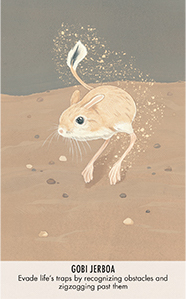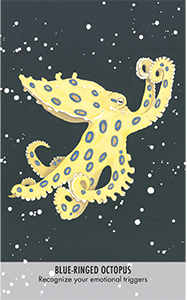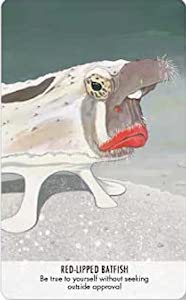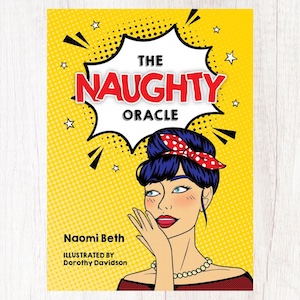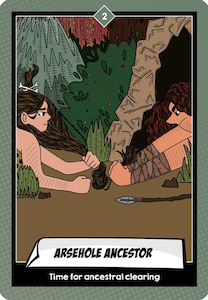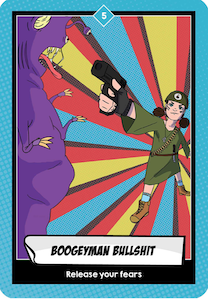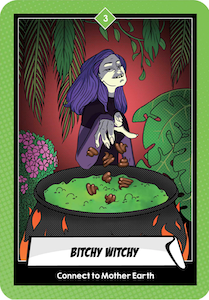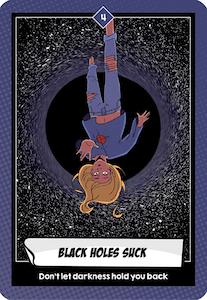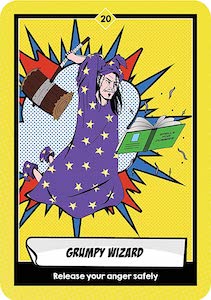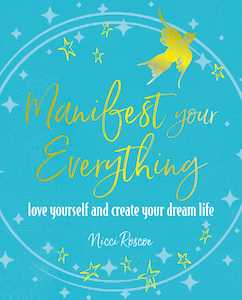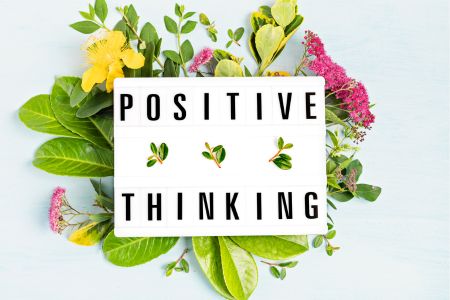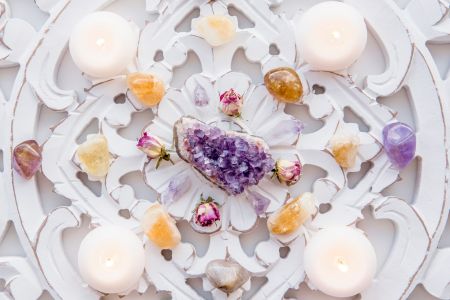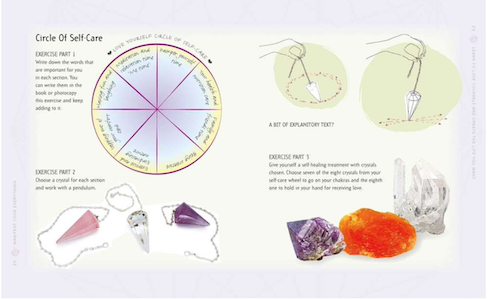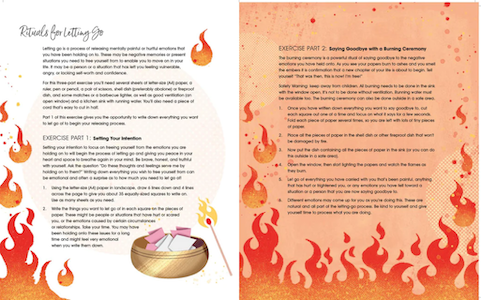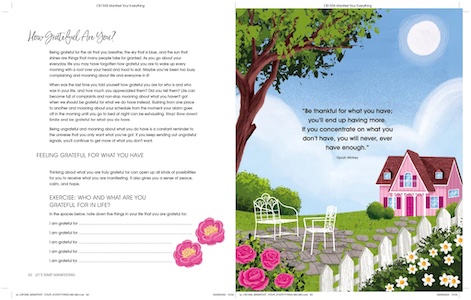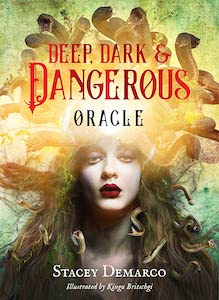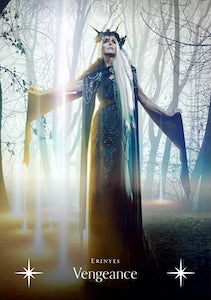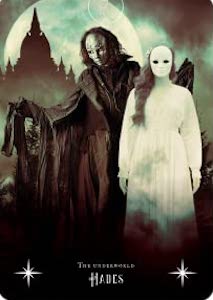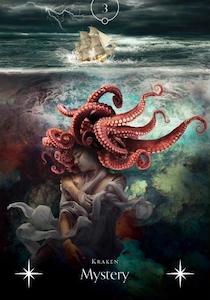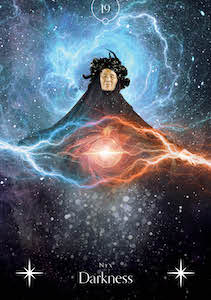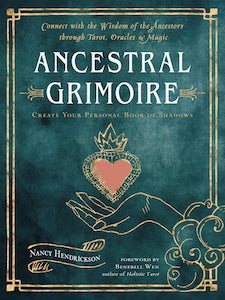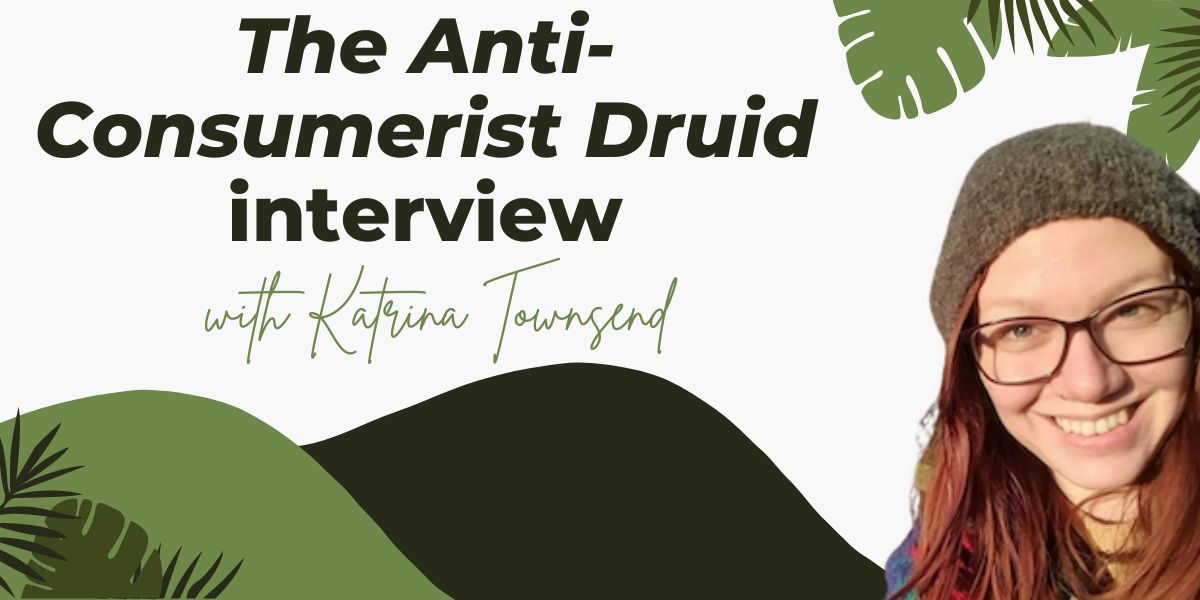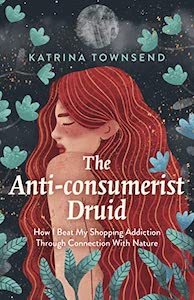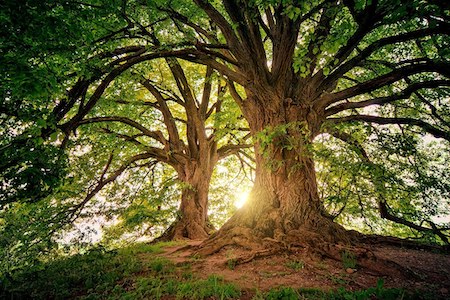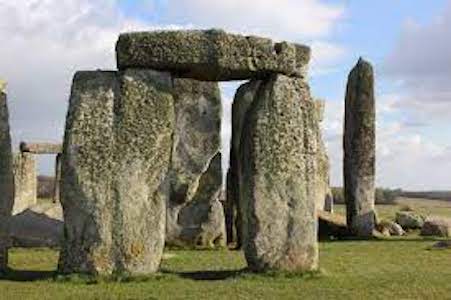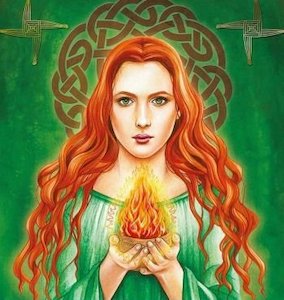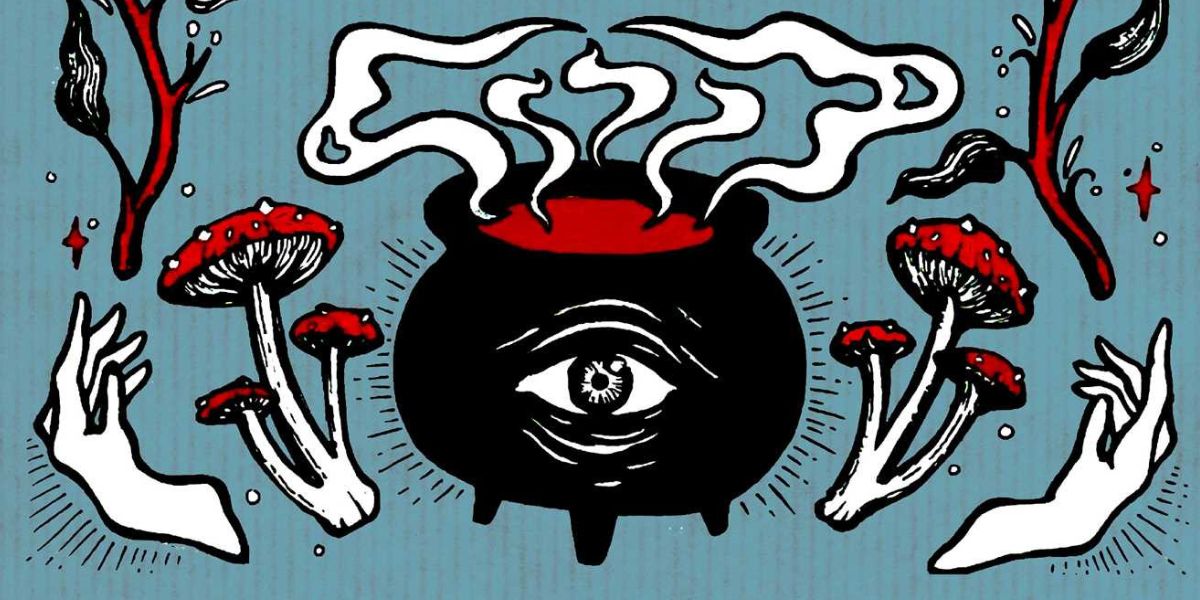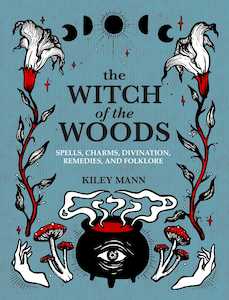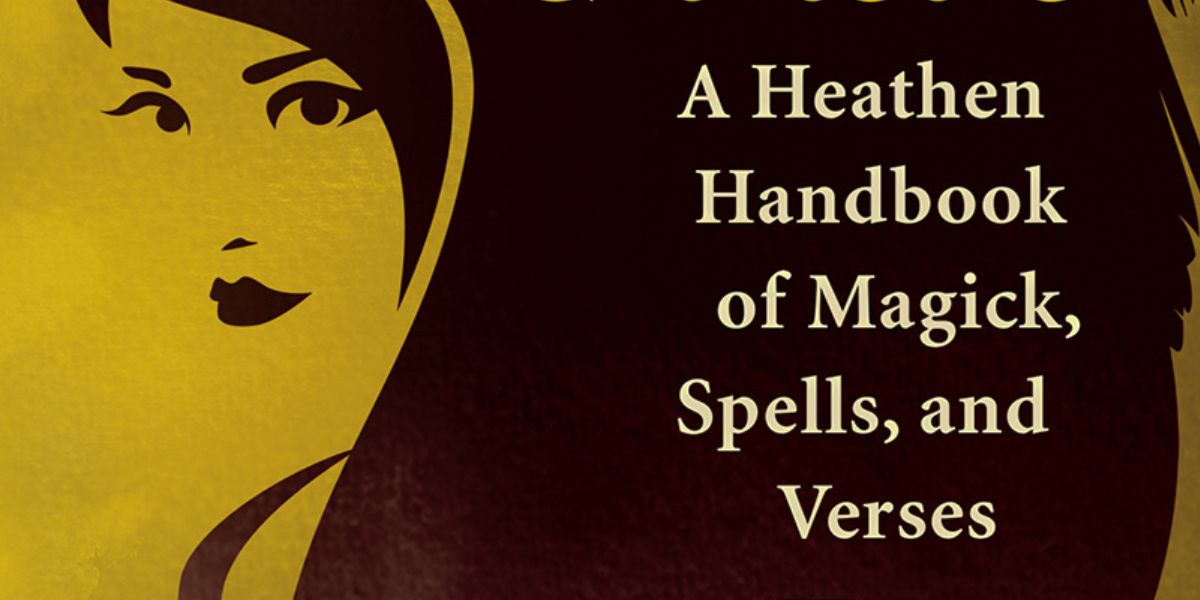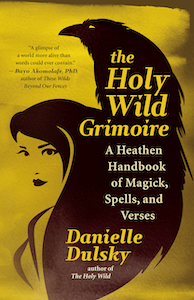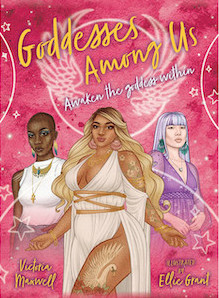
Goddesses Among Us: Oracle Deck with 36 Full-Color Cards and 128-Page Guidebook, by Victoria Maxwell and illustrated by Ellie Grant
Rockpool Publishing, 1922579319, 128 pages, 36 cards, October 2022
A goddess oracle deck that represents a diversity of women? Yes, please! Goddesses Among Us by Victoria Maxwell and illustrated by Ellie Grant portrays timeless goddesses in modern fashion and updated to make them accessible for readers to connect with here and now.
“The goddesses featured in this oracle are from various cultures, religious, and spiritual paths, but they are all aspects of one goddess: a primal, creative force of love that really has no words and no bounds.”1
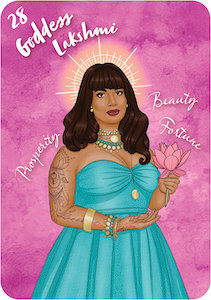
Using this deck so far, I have loved Grant’s illustrative approach because when I flip over a card, I see women of all shapes, sizes, ethnicities, and cultural backgrounds staring back at me in a way I might see them out in public. In turn, this has opened me to remembering the divinity in women I see out and about and how the goddess is within us all always, even in the ordinary and mundane moments of life. There isn’t a one-size-fits all for the goddess, but rather many, many representations of her different attributes, reflected in a variety of looks, lessons, and energy.
For instance, the card portraying the ancient Greek goddess Artemis doesn’t show an ancient image of her clocked in a tunic, but features a tan, brown-haired woman in a wheelchair wearing an athleisure dress with her bow and arrow primed. Kali looks like a blue-haired badass sticking her tongue out wearing her crop-top and jacket with skulls all over it; Pachamama is portrayed as a down-to-earth indigenous activist in blue jeans with beautiful gold jewelry on; while Sulis Minerva has wavy, long auburn hair, braided around the crown, with a one-shouldered blue dress that shows off a solar tattoo on the uncovered arm.
It’s nice and easy to learn which goddess is on the card, as the number of the card and name of the goddess is featured in the upper lefthand corner. There’s a symbol encompassing the image of each goddess, adding to their sense of divinity and giving more insight into the unique power of the goddess. And then there are three key words surrounding the goddess on each card. I just love the font used for this deck! The beauty of the script adds to the flowing, intuitive energy of the deck. Plus, it’s a very colorful deck, making it perfect to use the cards on an altar.
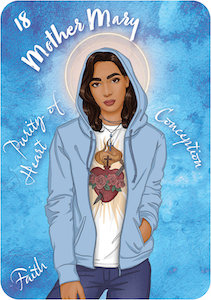
My favorite card visually is The Black Madonna. The card features a voluptuous black woman with a serious look on her face, wearing a tan romper and black jacket with stars on it. She has big hoop earrings in the shape of stars, along with a necklace with an ankh and one with a coptic cross. She’s holding a red rose and the symbol around her head looks like a moon with stars on it too. The keywords are “Cosmic mother”, “The beginning”, and “The void”. It’s also my favorite number (18!) and was the first face of the goddess I met on my spiritual journey, making it feel very special and resonate to me.
In the guidebook, Maxwell provides thorough information on how to use the cards, including how to activate the deck, prepare for a reading, ask questions, and read reversals. She also depicts four different spreads that can be used: Divine feminine activation spread, Goddess guidance spread, Advice and action spread, and Priestess path of the goddess spread.
Then for every goddess card the guidebook features the image of the card, keywords, background information on the goddess (very helpful for when the goddess is new to you!), a general oracle message, extended card meanings, and bullet point lists of what to call on the goddess for and how to embody the goddess.
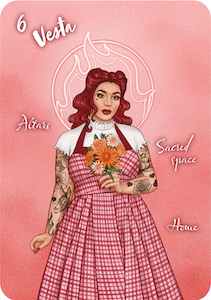
The extended card meanings provide a more specific oracle message in the areas of love, prosperity, purpose, healing, creativity, and magic. I absolutely loved the deeper insight into these specific areas, especially creativity and magic, which I often forget I can glean oracle advice about. These specific messages makes the deck feel a lot more fine-tuned for readings; I enjoy knowing I can turn to the deck with a very focused questioned in mind and get precise guidance rather than receive a general oracle message that I have to extrapolate the answer to my question by discerning how it’s message relates to what I asked.
I also really appreciate Maxwell sharing what we can call on each goddess for and how we can embody her energy in our lives. Two days in a row, when I was having self-doubts and lacking in self-love, I pulled the card Aphrodite. Some of the ways Maxwell encourages readers to embody this energy are “choosing luxury”, “seeing and owning your own beauty”, and “allowing yourself to experience and receive pleasure in all forms.”2 I realized I had been doing absolutely none of that and spent the whole week doing my best to bring in Aphrodite energy to my life: splurging on fancy organic chocolate, affirming my postpartum body, and feeling more free-flowing love in my relationships.
I also really resonated with Maxwell’s sentiment in her introduction that the goddess can be found anywhere:
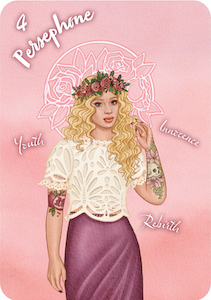
“When I opened my heart to her, the goddess began to show me that she was everywhere. I found her in wicca and witchcraft, paganism, the New Age, the ascension path and yogic teachings. I even spent some time seeking out the goddess in the church, finding her secret messages hidden away in Bible passages..”3
I think the way Maxwell so earnestly sought connection with the goddess in a myriad of spiritual paths is what makes this deck so especially diverse. Many other goddess oracle decks I’ve worked with usually don’t include Christian saints. And the choice of goddesses from all different pantheons make the reader excited for each pull, eager to see which goddess has some insight for them.
The combination of the vibrant colorful cards depicting the goddess as normal women and the potent messages of guidance has made Goddess Among Us a new favorite of mine. As someone who owns approximately four goddess oracle decks, I can say with confidence this one tops them all. For those looking to connect with the goddess in all her wonderful, varied forms while also getting meaningful insight into the questions pressing on their hearts, this is absolutely the deck for you!
Alanna Kali is an astrologer, numerologist, and pioneer spirit that loves to explore life through the lens of depth psychology. She has a passion for studying the humanities and social trends. Her academic work is centered upon reuniting body, mind, and spirit through eco-psychology. She loves reading, spending time in nature, and travel.



